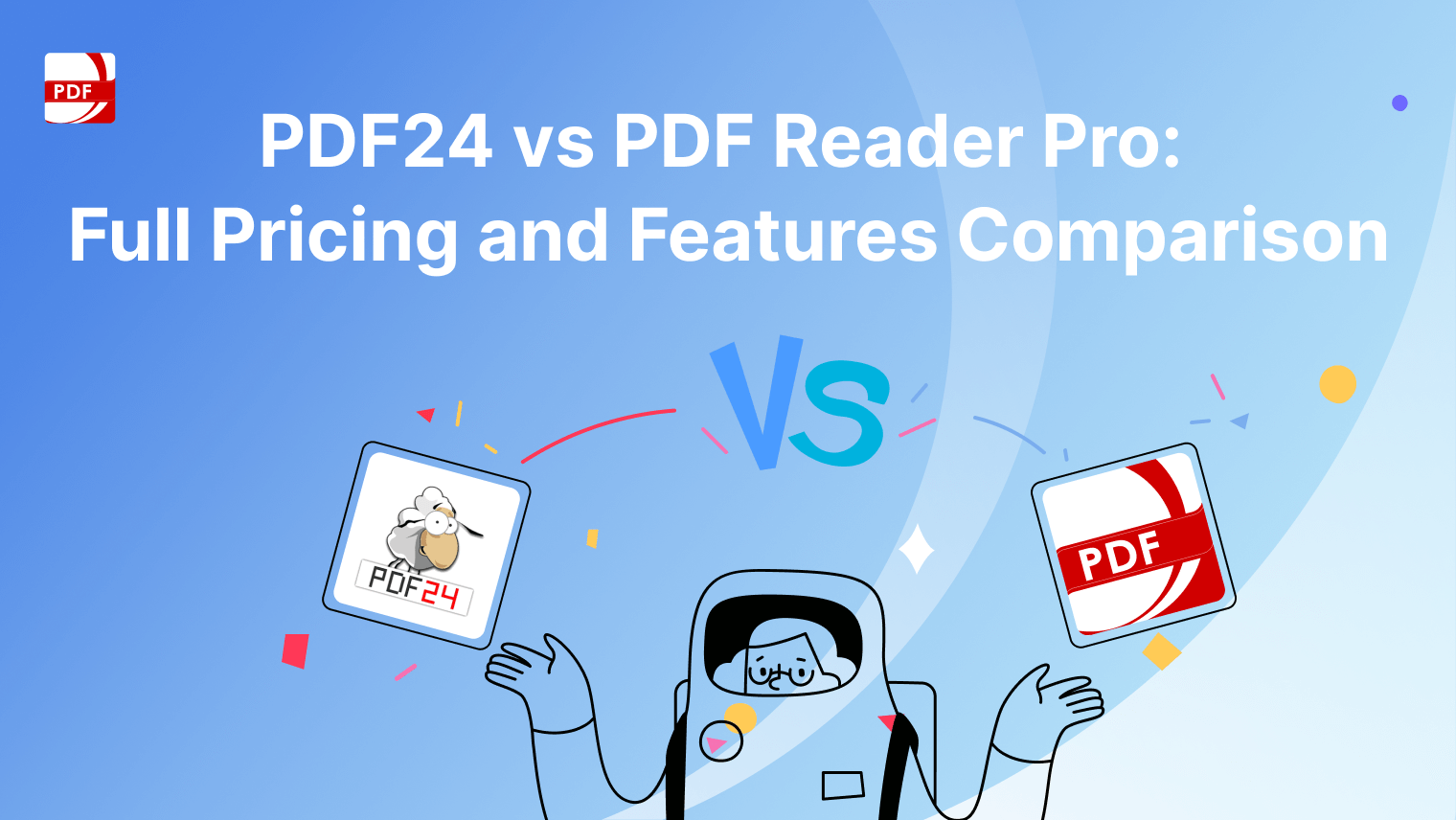In many situations—whether you're dealing with legal contracts, financial documents, or even real estate transactions—you may be required to have your document notarized.
Notarization ensures that your document is authentic and that all parties involved have signed willingly and with full understanding.
How to Notarize a Document
Follow these easy steps to get started with our template to notarize a document.
Step 1: Download PDF Reader Pro
Our form filling software offers an official digital signature capability that will assist you in the notarization process on Windows or Mac:
Step 2: Gather All Necessary Documents
Ensure you have:
- The original document that needs to be notarized.
- Valid identification (e.g., a driver’s license or passport) to prove your identity.
- A witness if your document requires one (some documents need a witness to be present, in addition to the notary).
Step 3: Locate a Notary Public
Many states now allow remote notarization, which means you can get your document notarized online without leaving home.
Step 4: Sign the Document in Front of the Notary
This is crucial: do not sign the document until you're in front of the notary public. The notary needs to witness the signing to verify its authenticity.
Step 5: Notary Verifies Identity
The notary will ask for identification and ensure that all parties understand what they are signing. They may also ask basic questions to confirm everyone is signing voluntarily.
Step 6: Notarization and Seal
Once the notary has verified the signatures and identity of all signers, they will stamp the document with an official notary seal and sign it themselves. This seal makes the document officially notarized.
Tips for a Smooth Notarization Process
- Bring Valid ID
Notaries are legally required to verify the identities of all parties involved. Bring valid, government-issued identification (such as a driver’s license or passport).
- Don’t Sign in Advance
As mentioned, the notary must witness your signature. Wait until you’re with the notary to sign the document.
- Make Copies in Advance
Notarized documents can’t be altered after being notarized. If you need multiple copies, make them before visiting the notary.
- Know the Fees
Most notaries charge a small fee for their services. If you’re at a bank or credit union, the service may be free, especially for account holders.
Free Notarization Template (Download Here)
To make the notarization process even easier, we’ve provided a free notarization template you can download, print, and use for your documents.
You will find other helpful documents in our template library or in the table below:
| Document Type | Purpose | When to Use |
|---|---|---|
|
Power of Attorney (POA) |
Authorizes someone to act on your behalf for legal, financial, or medical decisions. |
When you need someone to make decisions for you if you're unavailable or incapacitated. |
|
Bill of Sale |
Documents the sale of goods, often used in vehicle sales or property transfers. |
Use for any private sale of a car, boat, or other high-value items to legally transfer ownership. |
|
Affidavit |
A written statement sworn under oath, often used as evidence in legal proceedings. |
Use for court cases or any legal matter requiring a sworn statement. |
|
Non-Disclosure Agreement (NDA) |
Protects sensitive information shared between two parties. |
Use in business deals or collaborations where proprietary information is exchanged. |
|
Lease Agreement |
Outlines terms and conditions between a landlord and tenant for renting property. |
Use for renting residential or commercial property. |
|
Last Will and Testament |
Specifies how a person’s assets will be distributed after their death. |
Use to legally outline asset distribution and executor of the estate. |
|
Contract of Employment |
Details the terms of employment between employer and employee. |
Use when hiring employees or contractors to formalize job roles, payment, and responsibilities. |
|
Loan Agreement |
Records the terms of a loan between two parties. |
Use for personal or business loans to document repayment terms and amounts. |
|
Prenuptial Agreement |
Specifies how assets will be divided in case of divorce. |
Use before marriage to protect individual assets and set terms for property division. |
|
Living Trust |
Transfers ownership of assets into a trust for management during life and after death. |
Use for estate planning to avoid probate and specify asset distribution. |
|
Partnership Agreement |
Establishes terms between business partners, including responsibilities and profit sharing. |
Use when starting or running a business with partners to outline rights, duties, and liabilities. |
|
Quitclaim Deed |
Transfers property rights between individuals without warranties. |
Use when transferring property to family members or in other informal property transfers. |
|
Living Will/Advance Directive |
Outlines healthcare decisions if the person becomes incapacitated. |
Use to specify end-of-life care or other medical decisions in case you’re unable to communicate. |
Using this template will help you stay organized and ensure that all the information required for notarization is properly documented.
Whether you’re handling legal, financial, or personal matters, notarization adds an extra layer of security and professionalism.





 Free Download
Free Download  Free Download
Free Download 








 Support Chat
Support Chat